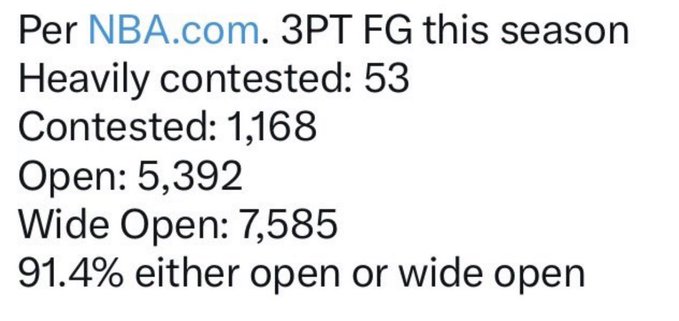Doctor MJ wrote:frica wrote:Ice Man wrote:I think we should take pace off the table as an explanatory factor, given that pace was faster in the Seventies and early Eighties. Now, it may be that the combination of 1) recently increased pace and 2) one or more things that have changed since the Seventies (such as the players being heavier, more lateral movement, etc.) explains the issue. But pace alone cannot be primary reason.
Or people use the term "pace" differently, but aren't clear about it.
Either possessions per game, or inter-play pace, or maybe something completely different.
Yeah it's confusing but I think that Pace is not the answer but "pace" probably isn't an inaccurate statement.
Really what I think the key thing going on here is acceleration, particularly in non-forward directions. I think, for example, that the Euro Step is extremely hard on the body, and while some guys can do it seemingly forever without issue, a lot of other guys will feel that ominous "pop" sooner or later.
The
Pace of the game is faster not in the sense of using the term
Pace to describe the number of possessions. Instead, the term
Pace is significantly higher when applied to the
Pace in which a player plays at for each single possession. The amount of quick-twitch movements, start and stops, accel/decel, and repetitive movements.
The main culprit to soft-tissue injuries in the current NBA is due to repetitive strain (overuse), and the reality is there isn't a clear answer to remedy these injuries. In fact, if you took away all the modern technology and medicine, the amount of soft-tissue injuries would be exponentially higher. As good as modern medicine is, the increase in
Pace on a per-possession basis in the NBA having increased exponentially since the early 2000s is the key problem.
There are ways to decrease the likelihood of these soft tissue injuries, but unfortunately for the league it requires them to value the player over the money.



















